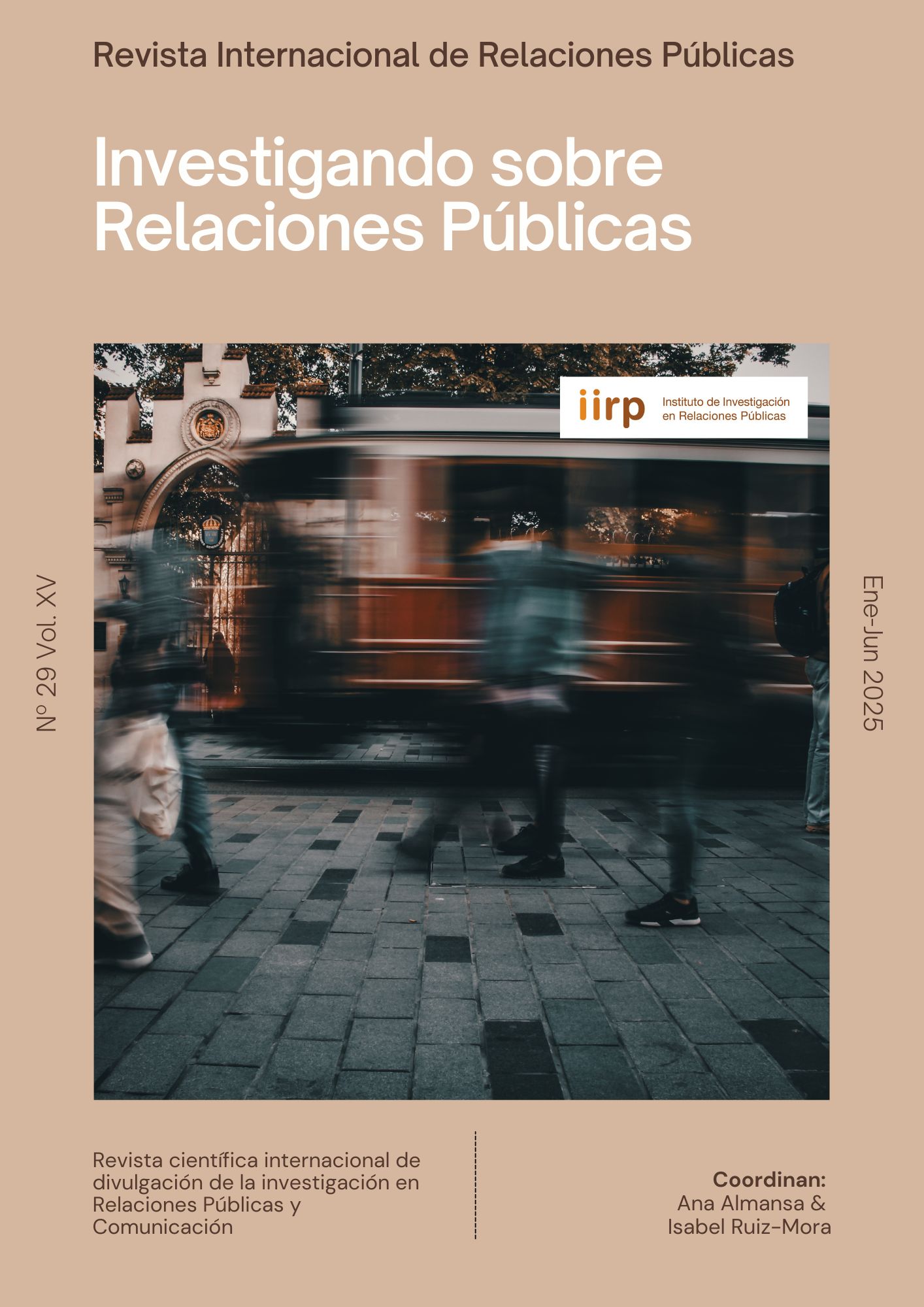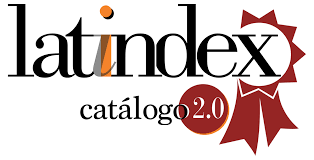Protocol and Ceremonial of the United Nations Verification Mission in Colombia
DOI:
https://doi.org/10.5783/revrrpp.v15i29.883Keywords:
Protocol, Colombia, United Nations, Army, militaryAbstract
The United Nations Verification Mission in Colombia (UNVMC) is a Special Political Mission of the United Nations, established through Security Council Resolution 2261 (2016). It was created in response to the Final Peace Agreement signed in Havana, Cuba, in 2016 between the Government of Colombia and the Revolutionary Armed Forces of Colombia – People’s Army (FARC-EP), which brought an end to over fifty years of armed conflict. Initially, the mission's mandate was to verify the bilateral and definitive ceasefire and the laying down of arms by the FARC-EP. Subsequently, the Security Council expanded the mandate to include the monitoring of the reintegration process (political, economic, and social), security guarantees, and the verification of the sanctions issued by the Special Jurisdiction for Peace (JEP). Since 2023, the UNVMC has also been verifying the ceasefire agreement between the Colombian Government and the National Liberation Army (ELN), as part of broader efforts to consolidate peace in the country.
In addition to technical and operational capabilities, each deployment of the United Nations also entails the application of institutional norms, including ceremonial and protocol practices adapted to the context of the host country. Among these, the medal award ceremony stands out as a formal event in which the UN publicly recognizes the service of deployed personnel — particularly military and police observers — for their contribution to peacekeeping, impartial monitoring, and mandate implementation. Far from being a merely symbolic gesture or administrative routine, the medal ceremony is a core component of the UN’s institutional diplomacy, with significant implications for legitimacy, visibility, internal cohesion, and the transmission of values.
This article aims to examine the medal award ceremony within the framework of the UNVMC, offering an analytical perspective that combines the United Nations’ regulatory framework with the contextual adaptations required in the Colombian setting. Drawing on a qualitative methodology — including bibliographic research, document analysis of Standard Operating Procedures (SOPs), institutional protocols, and non-participant observation — the study details the formal, symbolic, and organizational elements of the decoration event. It explores aspects such as the planning of the ceremony, the institutional hierarchy of participants, the use of ceremonial language and visual elements, and the meaning and official regulations governing the medals.
Particular emphasis is placed on how the United Nations articulates its institutional identity through symbolic practices such as this one. The awarding of medals becomes a mechanism for reinforcing core multilateral principles: impartiality, integrity, professionalism, and the recognition of merit in complex and high-risk environments. These acts also function as spaces for informal diplomacy, esprit de corps, and legitimacy-building vis-à-vis national and local stakeholders. All elements are carried out in line with the guidelines of the Department of Peace Operations (DPO) and the Department of Operational Support (DOS), which establish clear criteria regarding eligibility, design, ceremony format, and procedures for awarding the medals.
The study also highlights how the UN protocol is not applied rigidly or uniformly but instead allows for flexibility and contextual adaptation. In Colombia, national military and police traditions, as well as local social customs, influence the structure and atmosphere of the ceremony, enriching the event without compromising its multilateral character. This balance between institutional standardization and local adaptation ensures the symbolic value of the ceremony while fostering closer ties between international personnel and the host communities.
In conclusion, the medal award ceremony within the UNVMC serves functions that go well beyond formal recognition. It acts as a catalyst for institutional identity, reinforces the United Nations’ image as a neutral and professional actor in post-conflict settings, and serves as an effective tool for symbolic communication. Studying this practice opens new avenues for research on the role of ceremonial diplomacy in international organizations, highlighting its importance as a means of public diplomacy, institutional recognition, and the professionalization of contemporary peace operations.
Downloads
References
Arciniegas Carreño, A. (2018). Implementando la paz: la ONU y el monitoreo del acuerdo de La Habana. En R. García Duarte, J. A. Wilches Tinjacá, H. F. Guerrero Sierra, M. Hernández Pérez (Ed.), La Colombia del posacuerdo: retos de un país excluido por el conflicto armado. (pp. 573 - 593). Editorial Universidad Francisco José De Caldas.
Berganza Conde, M.R. & Ruiz San Román, J.A. (2010). Investigar en comunicación. Mc Graw Hill.
Bieze César, C. (2022). Un experimento internacional fallido: el estudio de la Sociedad de Naciones. Bloch. Revista estudiantil de Historia 1(3), 161-165.
Bolívar Martín, J. J. & Eiroa Escalada, J. (2024). Jura de Bandera Española en Líbano. Revista Estudios Institucionales, 11(20), 57–94. https://doi.org/10.5944/eeii.vol.11.n.20.2024.38666
Cano Linares, M. A. (2011). Orígenes y fundamentos prácticos del mantenimiento de la paz en Naciones Unidas (Las posiciones durante el periodo de la Guerra Fría). Dykinson.
Concha Pérez, M. (2021). Permanencia y derecho a veto de los miembros del Consejo de Seguridad de la Organización de las Naciones Unidas y el principio de igualdad de los estados. [Tesis doctoral, Universidad Nacional de San Antonio Abad del Cusco]. Repositorio Institucional – Universidad Nacional de San Antonio Abad del Cusco.
Consejo de Seguridad de las Naciones Unidas. (2014). Resolución 2154 (2014) aprobada en la sesión 7170, 8 de mayo de 2014. https://undocs.org/S/RES/2154(2014)
Consejo de Seguridad de las Naciones Unidas. (2016). Resolución 2261 del Consejo de Seguridad de Naciones Unidas. https://www.un.org/securitycouncil/content/resolutions-adopted-security-council-2016
Consejo de Seguridad de las Naciones Unidas. (2023). Resolución 2694 del Consejo de Seguridad de Naciones Unidas. https://www.un.org/securitycouncil/content/resolutions-adopted-security-council-2023
De Urbina, J. A. (1999). El protocolo: diplomacia y ceremonial. Ariel.
Eiroa Escalada, J. & Bolívar Martín, J. J. (2021). Antecedentes y ceremonial de los matrimonios militares en España. Revista Estudios Institucionales, 8(15), 143-173. https://doi.org/10.5944/eeii.vol.8.n.15.2021.31885
Eiroa Escalada, J. & Bolívar Martín, J. J. (2022). Ceremonial y protocolo en las cenas militares de gala en España. Revista Estudios Institucionales, 9(17), 147-182. https://doi.org/10.5944/eeii.vol.9.n.17.2022.36023
Fortna, V. P. (2008). Does peacekeeping work? Shaping belligerents' choices after civil war. Princeton University Press.
García Martín, A. (2023). El método bibliográfico (1). Las técnicas bibliográficas y su evolución histórica. Recesión. Revista Internacional de Ciencias Humanas y Crítica de Libros, 10 (julio-diciembre).
Hurd, I. (2014). International Organizations: Politics, Law, Practice (2nd ed.). Cambridge University Press.
Isacson, A. (2023). The UN Verification Mission’s essential role in Colombia’s long-awaited ceasefire. Washington Office on Latin America (WOLA). https://www.wola.org
Knock, T. J. (1995). To end all wars: The story of diplomacy and internationalism in the quest for peace. Princeton University Press.
Liu, F. & Maitlis, S. (2010). Non-participant observation. Encyclopedia of case study research, 2, 610-612.
Luck, E. C. (2006). UN Security Council: Practice and Promise. Routledge.
Munarriz, B. (1992). Técnicas y métodos en Investigación cualitativa. Xornadas de Metodoloxía de Investigación Educativa, (1), 101-116.
Naciones Unidas, Departamento de Asuntos Políticos y de Construcción de Paz. (2024, 19 de noviembre). Eight Years of Building Peace in Colombia. https://colombia.unmissions.org
Organización de las Naciones Unidas. (1945). Carta de las Naciones Unidas [Tratado internacional]. https://www.un.org/es/about-us/un-charter
Procedimiento Operativo Estándar (2020). Gestión, Administración y Bienestar de los Observadores Internacionales que sirven en la Misión de Verificación de las Naciones Unidas en Colombia.
Rodríguez Gómez, A. A. (2007). Protocolo y ceremonial en las Fuerzas Armadas. Ediciones Protocolo.
Romañach, A. R. (2018). Participación española en la Misión de Naciones Unidas en Colombia (MNUC). Instituto Español de Estudios Estratégicos.
Secretaría General de la ONU. (1966). Regulations for the United Nations Medal (ST/SGB/119/Rev.1).
Secretaría General de la ONU. (2000). Reglamento de la Medalla Dag Hammarskjöld de las Naciones Unidas (ST/SGB/2000/15).
Secretaría General de la ONU. (2020). United Nations Flag Code (ST/SGB/2020/4).
Vargas Jiménez, J. (2019). El Desarrollo de las Naciones Unidas en el Sistema Internacional. Academia.edu https://www.academia.edu/XXXX
Vilarrubias, F. A. (2008). Ceremonial y protocolo: técnicas de organización de actos oficiales y empresariales. Ariel.
Downloads
Published
How to Cite
Issue
Section
License
Copyright (c) 2025 Juan José Bolívar Martín

This work is licensed under a Creative Commons Attribution-NonCommercial-NoDerivatives 4.0 International License.
Authors publishing in this journal agree to the following terms:
a. Authors retain copyright and grant the journal the right to be the first publication of the work as licensed under a Creative Commons Attribution License that allows others to share the work with an acknowledgement of authorship of the work and initial publication in this journal.
b. Authors may separately enter into additional arrangements for non-exclusive distribution of the version of the work published in the journal (e.g., placing it in an institutional repository or publishing it in a book), with an acknowledgement of initial publication in this journal.
c. Authors are allowed and encouraged to disseminate their work electronically (e.g. in institutional repositories or on their own website) before and during the submission process, as it can lead to productive exchanges, as well as earlier and higher citation of published work (see The Effect of Open Access).





